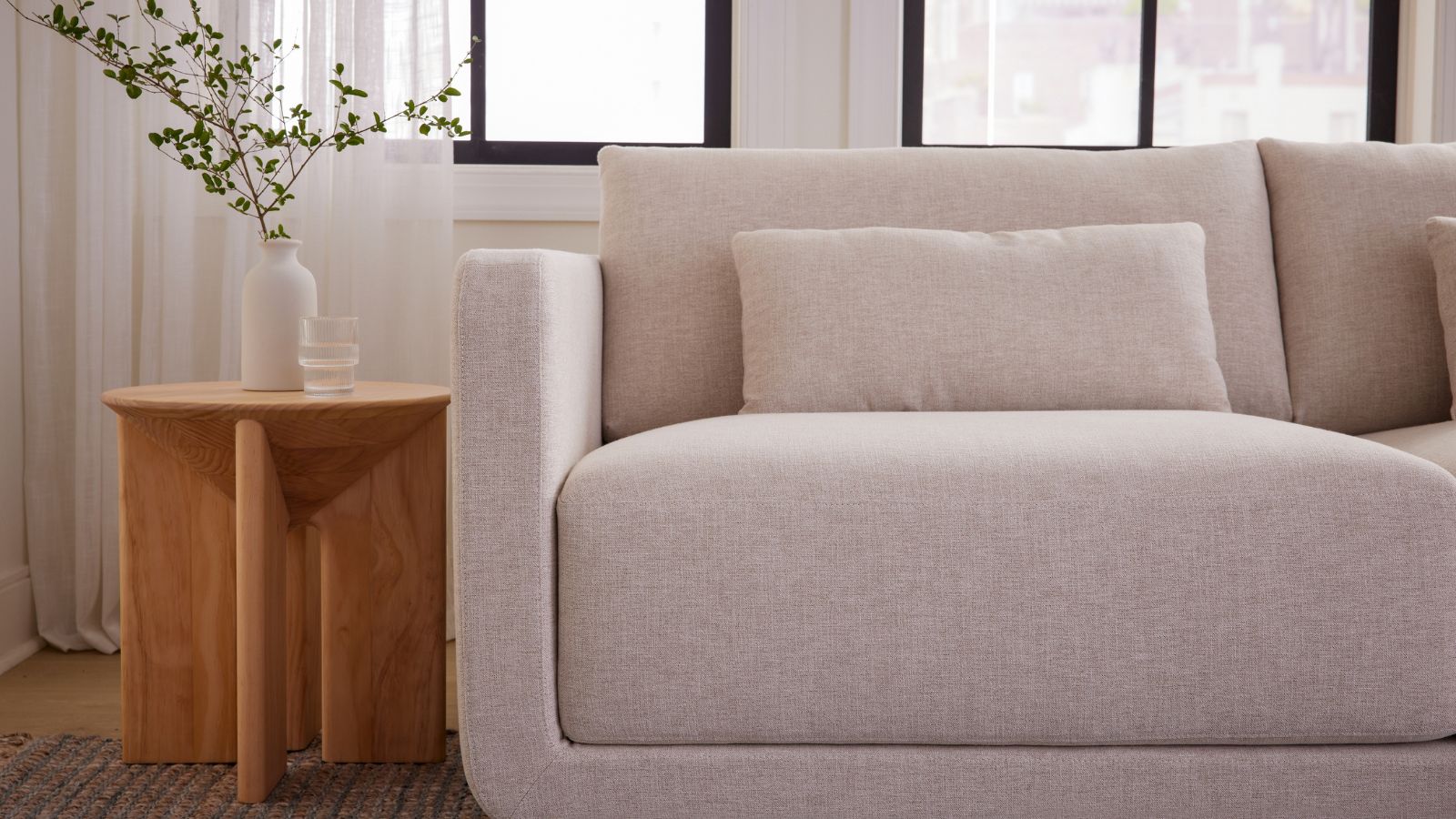
There is nothing better than sitting back and looking at a super soft sofa at the end of a long day. But, when you are met with a cushion that feels like concrete
While this could be a sign that you need a new sofa, this is often very expensive, takes time, and can be very wasteful – especially if there is nothing wrong with the rest of the sofa and it is otherwise structurally sound. The solutions? Fixing sagging couch cushions.
If you are looking to save some money while being more sustainable at home, these six convenient finds from Amazon can be the perfect solution – and they are all on sale for Amazon Prime Day!
Amazon Couch Cushion Stuffers
Whether you need to replumb flattened sofa stuffing or stop couch cushions from sliding to help them keep their shape, these six solutions are perfect for restuffing couch cushions and restoring your beloved sofa to its original softness.
If you only need to top up a small couch cushion, or are topping up a cushion to prevent it from flattening, polyfill can be the perfect solution.
Sometimes sagging couch cushions can occur because the couch base is weak or has given way. A sturdy board beneath the cushions can help add some support to keep your cushions shape.
High density foam inserts are ideal for individual foam couch cushions where the existing foam has been compressed from years of use.
For sofas with single cushions, this longer high density foam insert is ideal and avoids smaller inserts from sliding around inside.
If your sofa has loose filling, try topping it up with more loose foam to help fill the space left behind by older compressed stuffing.
Although traditionally for quilts, soft cotton batting can wrap around existing cushions to add extra padding and softness.
How to restuff couch cushions

Restuffing couch cushions is easily done, especially now that many modern sofas have zip-off removable covers. Done right, it can help to make a couch look more expensive while doubling your comfort.
- If you are using bags of loose stuffing, open up the flattened cushion and fill the case up with additional loose stuffing, ensuring that it is evenly distributed around the cushion to prevent lumps and bumps.
- If you are using quilt batting, remove the existing foam insert from your couch cushion and wrap it up securely in the batting. Use a spray adhesive to secure it tightly around the existing cushion to prevent it from slipping around in the cover. Reinsert the filling and replace the cushion.
- If you are using foam inserts, open the cover and slide the new foam insert into place on top of the existing stuffing. Position so that it is central and place the cushion back on the couch.
FAQs
How long should couch cushions last?
On average, high-quality couch cushions that are flipped regularly and washed correctly should last around 10 years, if not longer. This is especially the case for down-filled cushions, rather than polyester or foam-filled cushions.
Is it worth replacing couch cushions?
Replacing sofa cushions can be a good idea to extend the lifespan of your couch if restuffing and flipping have not worked. This will likely be required within three to five years for foam cushions, but a lot longer for down-filled cushions.
Besides restuffing couch cushions, it is important to learn how to look after couch cushions and wash couch cushions without damaging them to prevent them from flattening again.






